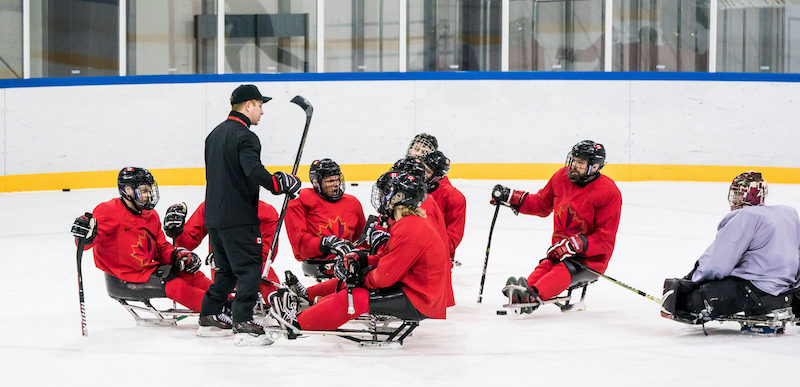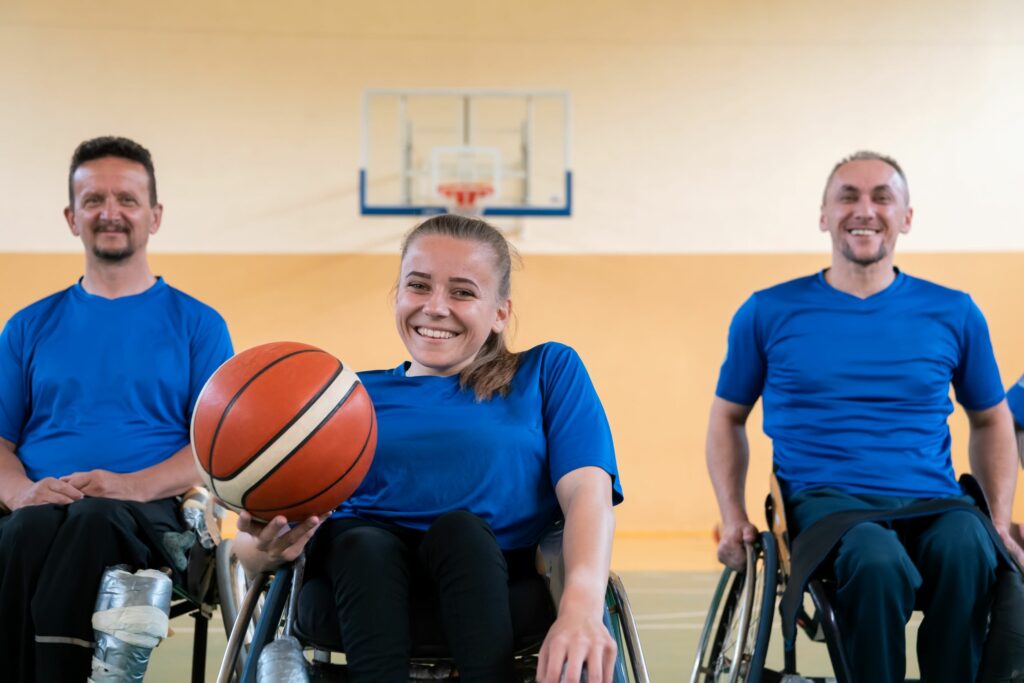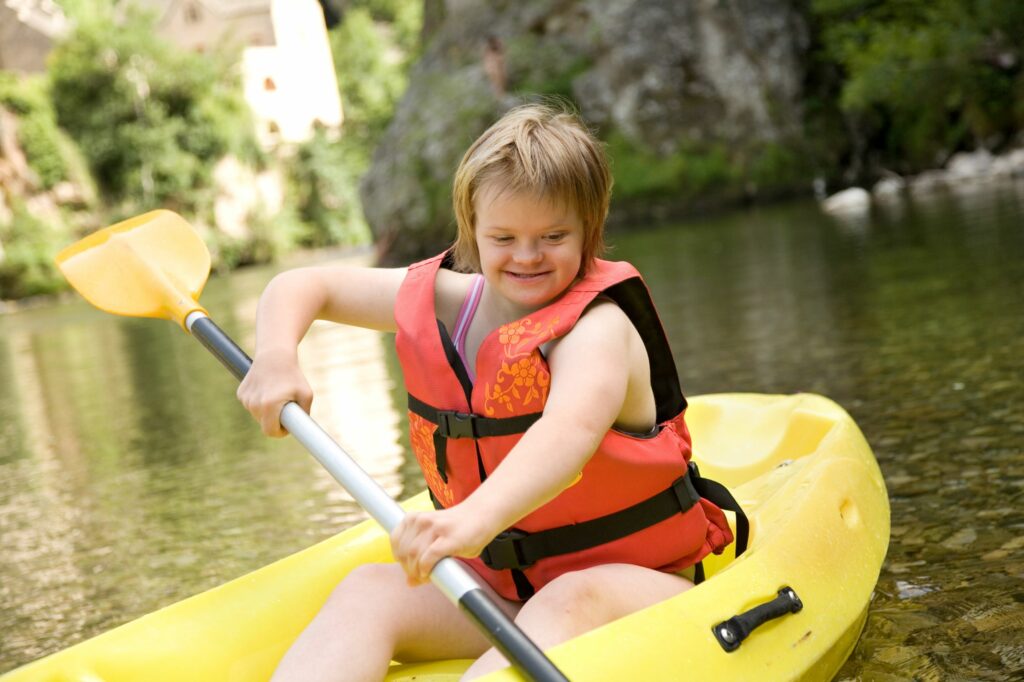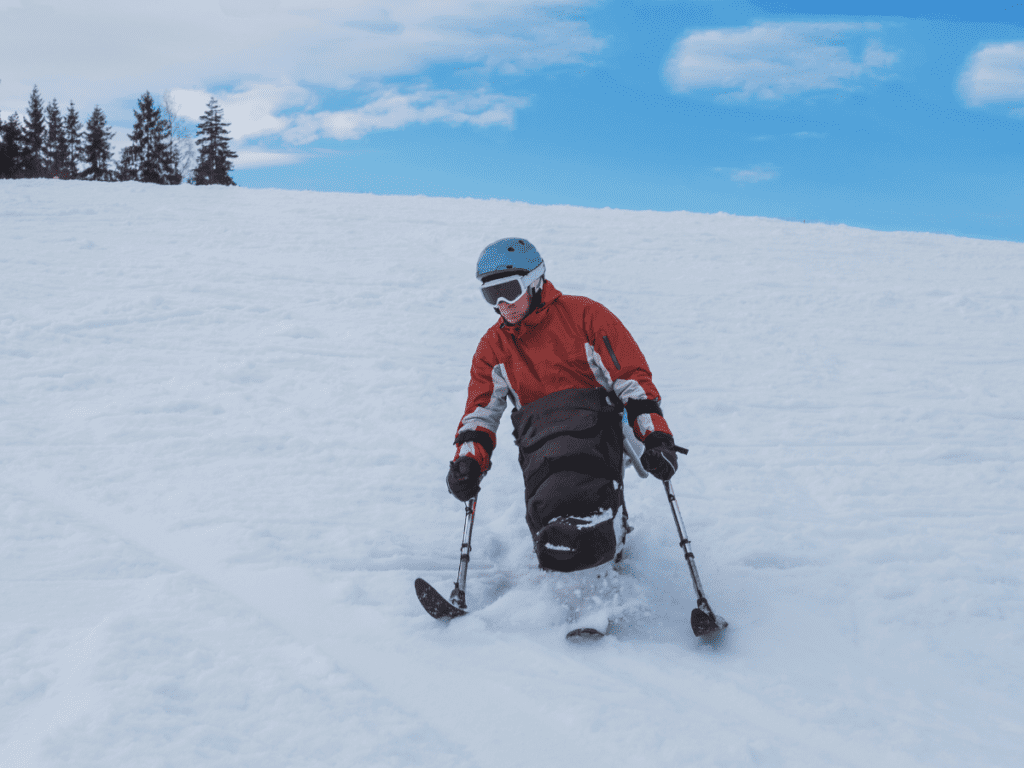Motivating individuals with intellectual disabilities
Struggling to keep participants with intellectual and developmental disability and autism spectrum disorder engaged in your exercise program? Research suggests the following motivational and verbal encouragement strategies: use of chants and songs, tapping into their imagination (e.g. competing in a race while on the stationary bike or treadmill), and exercising alongside the participant.
Children and youth with autism spectrum disorder
For community sport and recreation programs to be inclusive, they need to be built to support the participation of children and youth on the autism spectrum disorder (ASD). For this reason, researchers from the Canadian Disability Participation Project partnered with Ausome Ottawa to create A Blueprint for Building Quality Participation in Sport for Children and…
Concussion in Para athletes: One size doesn’t fit all

Highlights In 2020, an international group of clinicians, researchers and athletes met virtually to explore how to best assess and manage concussion in an athlete with a disability. This group’s individuals had experience and expertise in the care of Para athletes, and in the assessment, management and prevention of concussion. They named themselves the Concussion…
Project Echo: A movement to make Para sport a better place for all

The global COVID-19 pandemic has highlighted inequalities that many people experience, particularly the disparities experienced by persons with disabilities. According to the COVID-19 Disability Survey, over 50% of respondents noted that during the pandemic their needs weren’t being met in a number of areas related to accessibility (Abilities Centre & The Canadian Disability Participation Project, 2020)….
Para sport research
The Canadian Paralympic Committee’s Paralympian Search Program provides an important platform for research on quality Para sport experiences, patterns in Para athlete development trajectories, and the engagement of underserved populations, such as girls and women, in the Para sport system. Learn more.
Creating quality sports programs for kids with intellectual and developmental disabilities

Children with intellectual and developmental disabilities (IDD) can benefit physically and psychosocially when they take part in sport (Baran et al., 2009, 2013; Weiss & Bebko, 2008). Unfortunately, their needs are often neglected, which leads to various physical, social, communication and policy barriers to their involvement (Shields & Synnot, 2016). These obstacles may affect how…
Temperature regulation for wheelchair basketball athletes
Research with elite women’s wheelchair basketball athletes has shown playing time can negatively impact body temperature regulation, increasing the risk of heat exhaustion, heat cramps, and heat stroke. Coaches are encouraged to monitor the cooling strategies of athletes with high playing time and encourage all athletes to hydrate during time outs, substitutions, intermissions, and half…
Build It Up, Knock It Down: My Journey with Program Evaluation in a Para Sport Organization
This blog is part of a series in collaboration with Brock University. Written by a student in the ‘Program Evaluation in Professional Practice’ course, this blog details a student’s first-hand experience conducting a program evaluation during a placement with the Brock Niagara Penguins. The blog aims to provide reflections and best practices for sport stakeholders…
Supporting adaptive Snowsports Leisure Opportunities for People with disabilities (SSLOPE)

Introduction and context Participating in leisure-time physical activities (LTPA) contributes to the well-being of people with disabilities. Unfortunately, they are typically less engaged in LTPA compared to the general population. Especially during winter due to environmental barriers and limited programs. Participation in adaptive snowsports, such as skiing/snowboarding, represents a way for people with disabilities to…
Community parasport
Female youth involved with community parasport programs identify four benefits of their participation – social development, physical development, self-perceptions (feeling more confident), and athlete development (a desire to continue with parasport). Learn more in the SIRC blog.